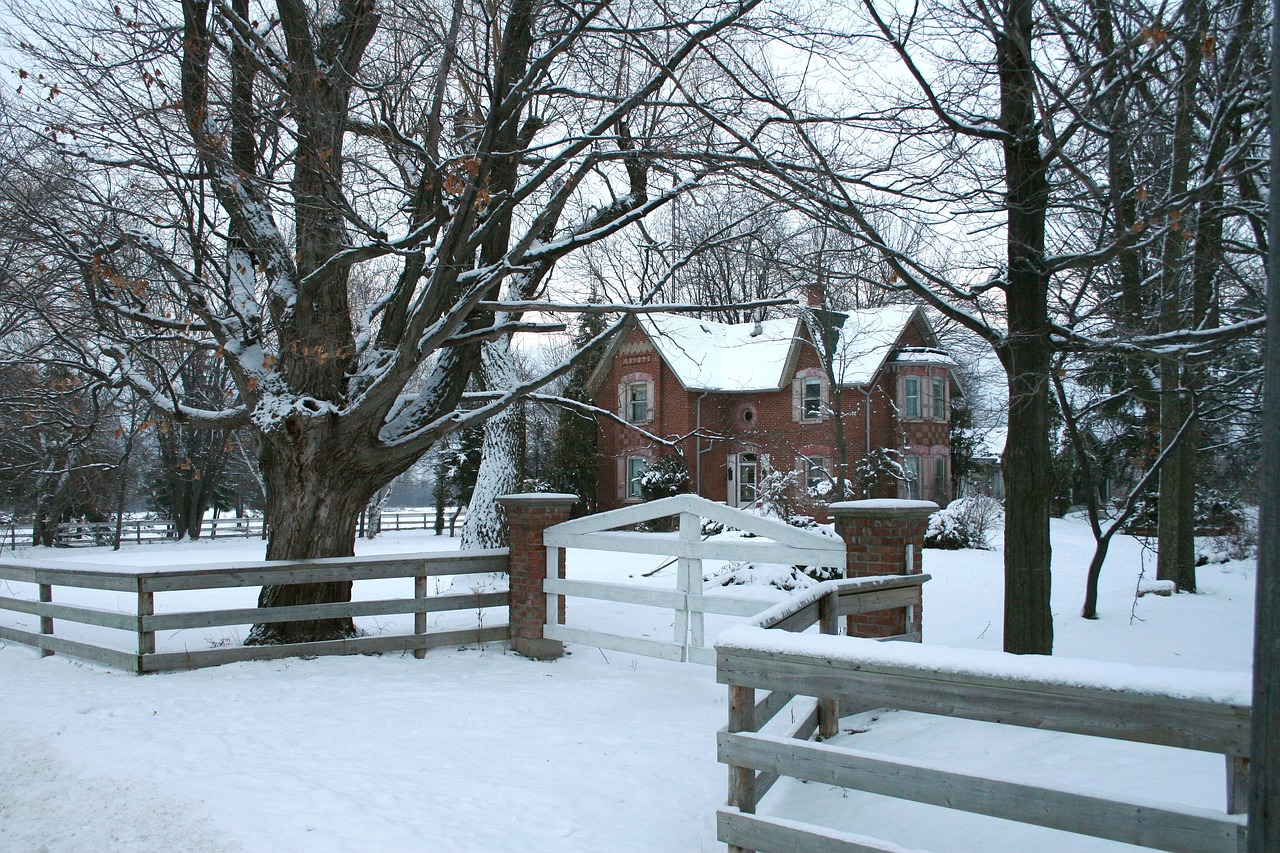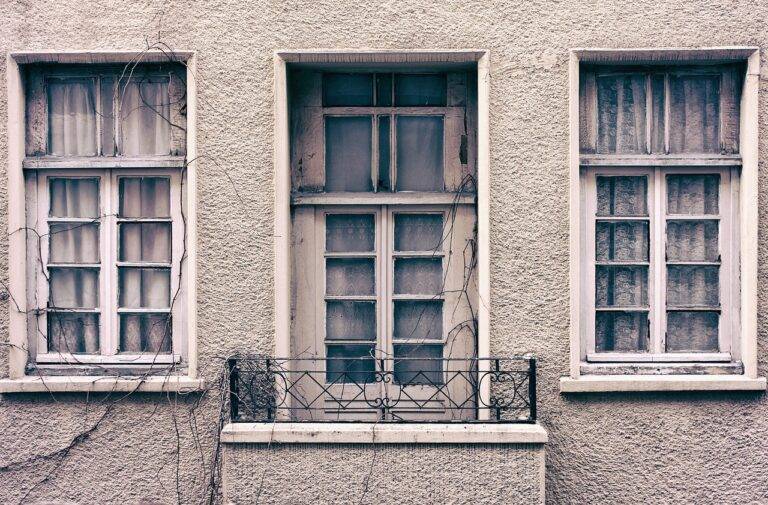The Role of Green Walls in Sustainable Architecture and Design
Green walls play a crucial role in sustainable architecture and design by providing a multitude of environmental benefits. They help to improve air quality by acting as natural air filters, removing pollutants and toxins from the surroundings. Additionally, green walls contribute to biodiversity in urban areas, creating habitats for birds, insects, and other wildlife.
Moreover, green walls help to regulate indoor temperatures by providing insulation, reducing the need for heating and cooling systems. This not only results in energy savings but also reduces the carbon footprint of buildings. In essence, green walls are essential elements in sustainable architecture, enhancing both the environmental and aesthetic aspects of a design.
Benefits of Incorporating Green Walls in Buildings
Another advantage of incorporating green walls in buildings is their ability to improve air quality. Green walls act as natural air filters, removing harmful pollutants and releasing clean oxygen into the indoor environment. This can lead to better respiratory health for building occupants and create a more pleasant and productive workspace.
In addition, green walls can help reduce noise levels within buildings. The plants on the walls absorb and deflect sound, reducing echoes and creating a quieter indoor environment. This can be especially beneficial in busy urban areas or high-traffic buildings where noise pollution can be a significant issue.
• Green walls act as natural air filters, removing harmful pollutants and releasing clean oxygen into the indoor environment
• Improved respiratory health for building occupants
• Creates a more pleasant and productive workspace
• Green walls help reduce noise levels within buildings
• Plants on the walls absorb and deflect sound, reducing echoes
• Creates a quieter indoor environment
• Especially beneficial in busy urban areas or high-traffic buildings where noise pollution is an issue
How Green Walls Contribute to Energy Efficiency
Green walls play a significant role in enhancing energy efficiency within buildings. By providing a natural insulating layer, green walls help regulate indoor temperatures, reducing the need for excessive heating and cooling systems. This natural insulation effect can lead to decreased energy consumption and ultimately lower utility costs for building owners.
Moreover, the vegetation on green walls acts as a barrier against harsh weather conditions, such as direct sunlight or strong winds. By shielding the building from these external elements, green walls help maintain a stable indoor environment, reducing the strain on HVAC systems. This results in not only energy savings but also a more comfortable and sustainable living or working space for occupants.
What are green walls?
Green walls, also known as living walls or vertical gardens, are vertical structures covered in vegetation that can be installed both indoors and outdoors.
Why are green walls important in sustainable architecture and design?
Green walls help improve air quality, reduce energy consumption, provide insulation, and create a visually appealing and calming environment. They also help combat urban heat island effect and promote biodiversity.
What are some benefits of incorporating green walls in buildings?
Some benefits of green walls include improved air quality, noise reduction, increased property value, enhanced aesthetics, and improved well-being for occupants.
How do green walls contribute to energy efficiency?
Green walls help regulate indoor temperatures by providing natural insulation. This can result in reduced heating and cooling costs, leading to energy savings for the building. Additionally, the plants on green walls can help absorb carbon dioxide and release oxygen, promoting a healthier indoor environment.
Can green walls be installed in any type of building?
Yes, green walls can be installed in a variety of buildings, including residential, commercial, and institutional buildings. They can be customized to fit different spaces and design requirements.





